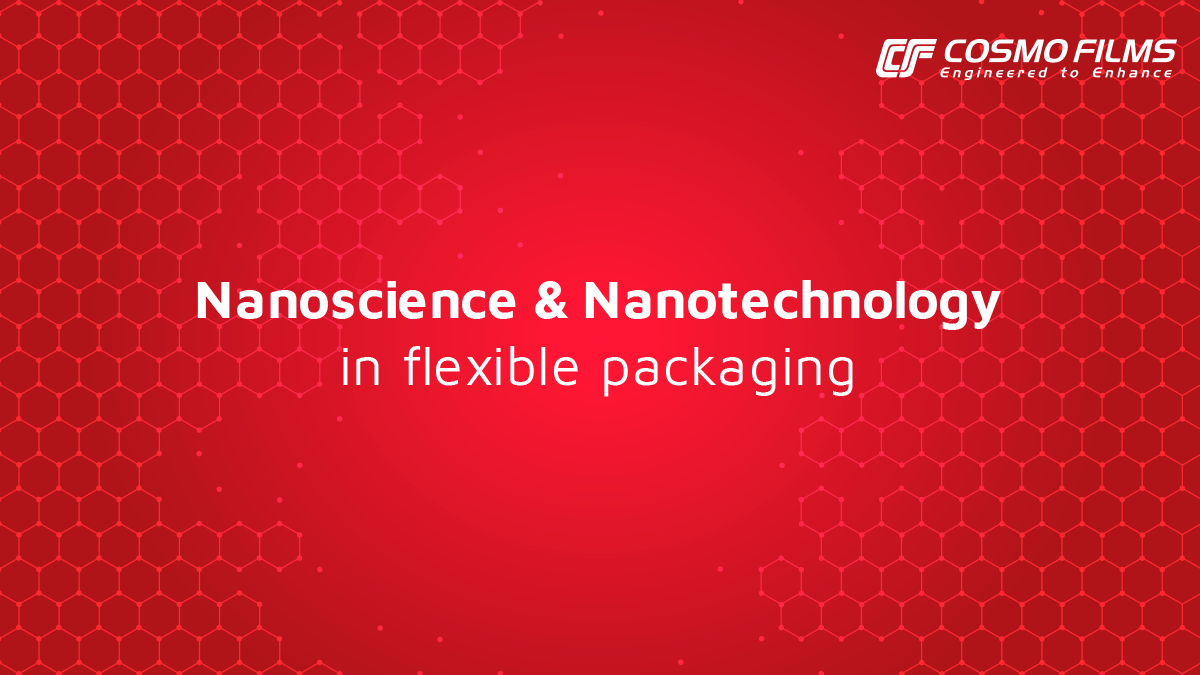Love to hear from you!
Get in touch.

Nanotechnology is gaining a lot of popularity in several areas of food sciences such as food safety, packaging, processing, bioavailability, fortification, encapsulation, and pathogen detection among others. The National Nanotechnology Initiative in the U.S. defines nanotechnology as the understanding and control of matter at a nanoscale where unique phenomena enable novel applications. In the food packaging industry, research shows that nanotechnology-based food packaging offers numerous advantages over conventional food packaging materials. The nano materials used in the packaging are “smart materials.” They respond to the external environment, or repair themselves or alert the consumers about contaminations. Apart from the obvious advantage of smart packaging, the application of nanotechnology also comes with other advantages such as improvement in temperature resistance, enhanced durability, flame resistance, barrier, recycling and optical properties.
Nanotechnology in the food packaging sector uses nanomaterials, which are commonly classified into nanoparticles (NPs), nanoclays (NCs) and nanoemulsions (NEs). Nanomaterials for food packaging offer the following advantages:
The use of nanotechnology in Cosmo Films
Though we do not exclusively define application of nanotechnology in flexible packaging, nanomaterials are already being used in flexible packaging. For example, TiO2, clay and metalized films are used for opacity and barrier properties. To know more details about Nanoscience and Nanotechnology in flexible packaging, write to us at enquiry@cosmofilms.com
Featured Post
Love to hear from you!
Get in touch.